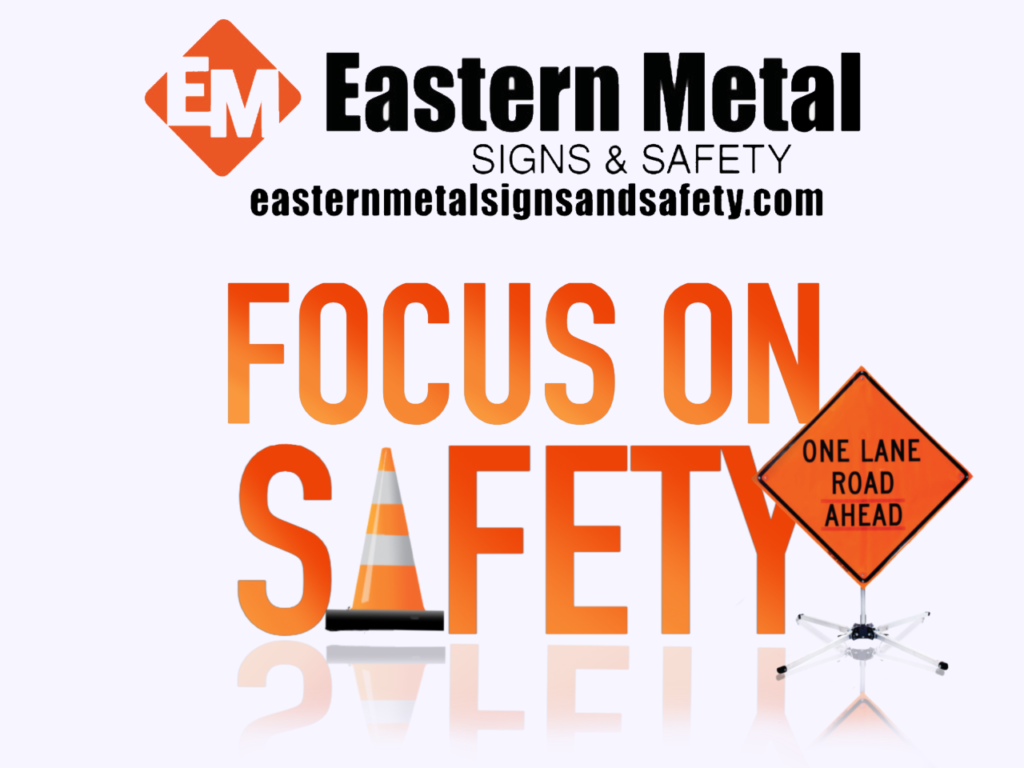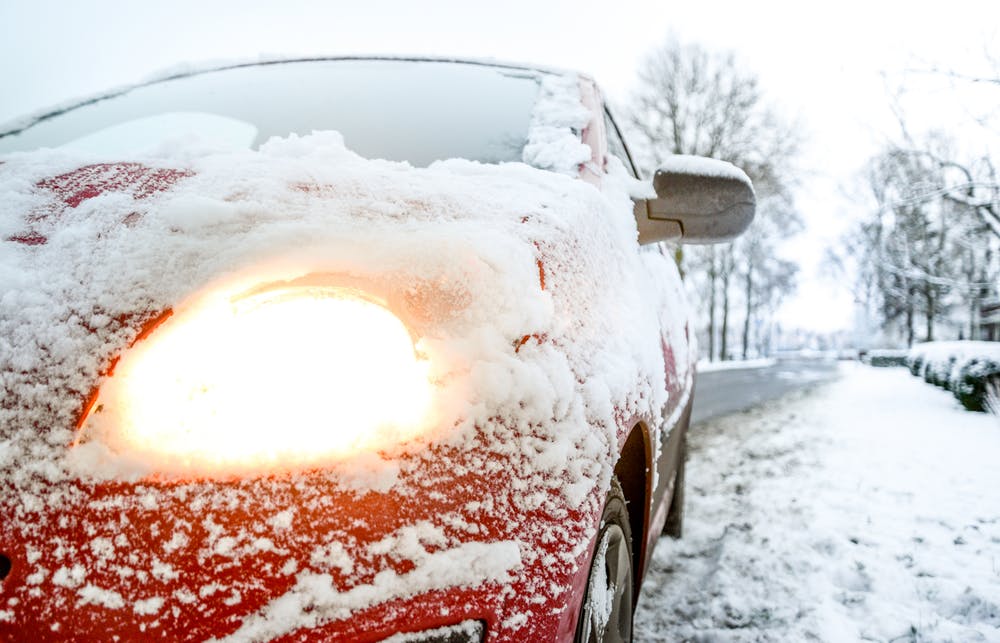Stay Awake, Stay Alive!

Summer is here and we are all jumping for joy! However, along with the sunshine and blue skies also comes more vacations and travel which makes drowsy driving a prevalent issue on the road today. According to an article published by NSC (National Safety Council), about 20% of drivers admit to falling asleep behind the wheel at some point in the last year and 40% at least once in their driving career. It’s a typical mindset. You want to get to your hotel or wherever you are headed as fast as possible so you drive as far as you can with as few stops as necessary.
I’m sure everyone reading this post has either experienced drowsy driving themselves or knows somebody that has experienced it. Some of you may even know people who have been in drowsy driving related accidents or have been in them yourself. Even though we all know about it, an article from the NSC (National Safety Council) says that drowsy driving especially effects those under the age of 25. So you may be asking yourself what you can do to make sure you aren’t driving drowsy. We have some tips below that you can use to try and stay awake and alert behind the wheel!
Plan ahead for long trips. Make sure you have everything packed and ready to go in advance so you can spend the night before your trip sleeping and not packing. According to an article from helpguide.org they state that the average adult needs between 7-9 hours of sleep per night to function at their best. So make sure you are able to get at least 7-9 hours of sleep the night before you take off on a long trip.
Try to avoid driving at night. It’s no surprise that morning and daytime hours are our most alert periods of the day. Our bodies are adapted to waking up and doing things in the morning and during the day. So it should also come as no surprise that drowsy driving is more prevalent at night. Our bodies are adapted to slowing down and resting at night when the sun is down. So if it’s possible try to do most of your driving during the day and you will find that you are more awake and alert.
Take as many stops and breaks as necessary to keep yourself awake and alert. If you’re driving with friends or family take turns driving so that the other can rest. Relying on caffeinated beverages such as coffee and soda will not be enough to keep your body awake and alert when you are in need of sleep. Pull over and take a 20 minute nap if you need to. Bottom line; if you need to stop for some rest, do it! Don’t push your body to the limit because you just may end up paying the price.
Know the Risk. Knowing is half the battle. Drowsy driving is something not many people tend to think about however, educating yourself on it and learning the risks may motivate you to take more actions to stop it. Driving drowsy is like driving intoxicated. Driving while being awake for 20 hours can make you drive as if you have about a 0.08 Blood Alcohol Content which is the legal limit. Drowsy Driving lowers Drivers’ awareness and reaction time. This can cause drivers to not brake in time, drift across lanes, and more. About 328,000 drowsy driving accidents occur annually according to a study conducted by the AAA foundation for Traffic Safety.
Know the Signs. Sometimes driving drowsy can be harder to identify than you would think. While it is true excessive yawning, heavy eye lids, drifting between lanes, and nodding off, are all common signs of drowsy driving there are also some other less specific signs to watch out for. Failure to remember a stretch of road or part of your drive can be a sign of drowsy driving. Trouble focusing is also a tell tale sign of drowsy driving. If you are experiencing any of these signs pull over where it is safe and get some rest.
Use these tips to try and stop yourself from driving drowsy. Driving drowsy, just like driving drunk, puts you and everyone else on the road at risk. Don’t become another statistic that we use in our blog posts. Stay awake! Stay alive!



